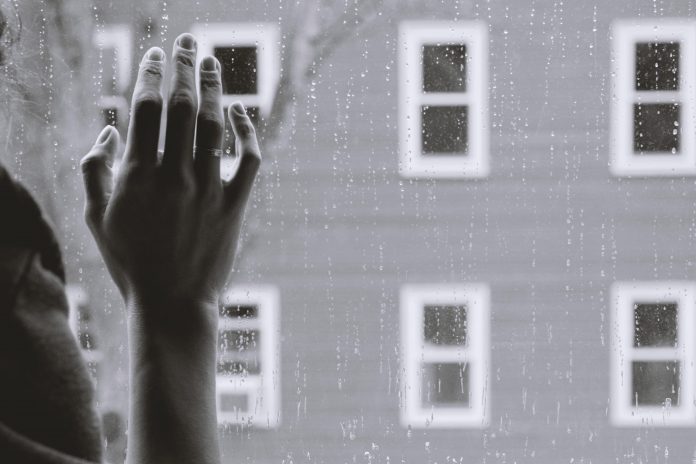Every person and community has experienced some type of loss since the pandemic began. It is important to acknowledge the impact it has, and continues to have, on our lives. As we enter the summer months, it can be helpful to reflect and recognize the natural human experience of grief. Grief is a difficult and complex process of coping with loss. It can be felt in many different ways, in our social, spiritual, emotional, and physical lives. Loss over the past year may have brought on several types of grief. These include:
- Anticipatory: Grief related to fear or uncertainty before a loss occurs.
- Complicated: Grief that is strong and on-going, making the process of healing more difficult.
- Ambiguous: Grief from a loss that lacks closure or a clear understanding, often resulting in unresolved feelings.
- Bereavement: Grief resulting from sadness after the loss of a loved one.
- Disenfranchised: Grief not understood or accepted by others.
Loss can occur on both a personal and collective level. Losing our physical health after an illness or losing financial security after being laid off can be felt on a personal level. Collective grief occurs when a community experiences extreme change or loss. This can include the common loss of normalcy, supportive social connections, and events that bring everyone together. Both are equally significant in our lives.
Grieving can affect emotions, thoughts, and behaviours. Everyone has their own journey and there is no “right” way. However, there are two main ways individuals tend to process their grief. Instrumental grievers (“the do’ers) focus more on thinking rather than feeling. They are likely to share their grief out loud, ask questions, and keep busy by focusing on activities. Intuitive grievers (“the feelers”) share their emotions and feelings with others. They can be very expressive and need to explore their feelings in order to move through their pain and towards healing. Many of us tend to land somewhere in between the two.
As individuals and communities, we can do some activities that help us move through grief. Here are some examples! Take a pen and paper to create a Personal Support System Map. Think of the people you feel comfortable reaching out to in times of sadness. Think of the physical spaces outside or in your home that give you peace. Map this all out and extend gratitude to the strong connections you have in your life.
You can enjoy the outdoors and connect with nature and others through a community grief tree. Provide community members ribbons and invite them to write something they are grieving. Tie ribbons to a tree branch as an acknowledgement of your loss. Remember to designate someone to look after the tree so that ribbons are cleaned up at an established time to prevent unintentional littering.
It is essential to validate each individual’s process and journey. Let’s embrace the grieving process and grow as we move towards personal and collective recovery. ‘A Toolkit for Grief’ has been developed to help individuals and communities think, act, and change through our grief stories in a meaningful way. To further explore, please visit www.calgarycdli.ca/grieftoolkit.










